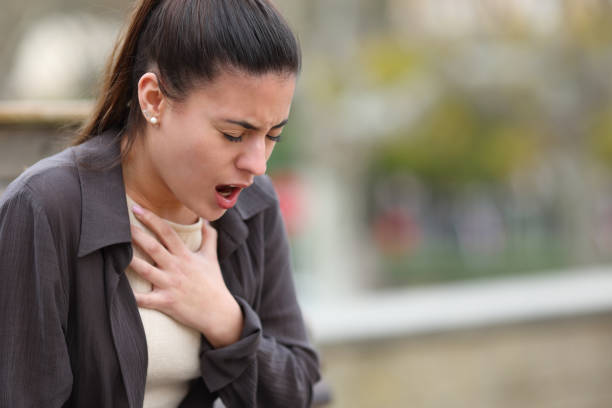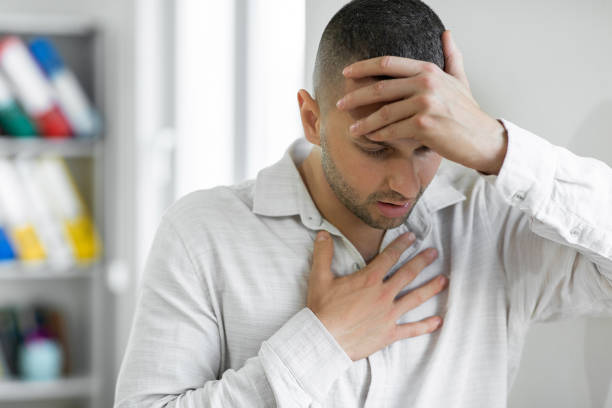Anaphylaxis is a severe and potentially life-threatening allergic reaction. It can occur within seconds or minutes of exposure to an allergen, such as peanuts, bee stings, or certain medications. Understanding the symptoms and treatment of anaphylaxis is important to be prepared in case of an emergency.
Symptoms of Anaphylaxis
The symptoms of anaphylaxis can vary from person to person, but they usually appear suddenly and progress rapidly. Common symptoms include:
Skin reactions, such as hives, redness, or swelling
Respiratory symptoms, such as wheezing, shortness of breath, or coughing
Gastrointestinal symptoms, such as abdominal pain, vomiting, or diarrhea
Rapid or weak pulse
Dizziness or fainting
Swelling of the face, lips, or tongue
Confusion or anxiety
If left untreated, anaphylaxis can lead to a loss of consciousness, difficulty breathing, and cardiac arrest.
Treatment for Anaphylaxis
In the event of an anaphylactic reaction, it is important to act quickly and seek immediate medical attention. The treatment for anaphylaxis typically involves the use of epinephrine, also known as an adrenaline auto-injector. Epinephrine is a hormone that narrows blood vessels, opens airways, and raises blood pressure, which can reverse the symptoms of anaphylaxis.
If you have a history of anaphylaxis or have been prescribed an epinephrine auto-injector, carry it with you at all times and know how to use it. If you experience symptoms of anaphylaxis, use the auto-injector as soon as possible and call 911 or seek emergency medical care.
In addition to epinephrine, other treatments for anaphylaxis may include:
Oxygen therapy: If you are having trouble breathing, oxygen may be given to help you breathe more easily.
Anti-histamines: These medications can help relieve symptoms such as hives, itching, and swelling.
Corticosteroids: These medications can help reduce inflammation and swelling, as well as relieve itching and hives.
Vasopressors: These medications can help raise low blood pressure and improve blood flow to the vital organs.
It is important to remember that epinephrine is the first-line treatment for anaphylaxis, and it should be given as soon as possible. The other treatments may be given in the hospital to help relieve symptoms and prevent future reactions.
Prevention of Anaphylaxis
The best way to prevent anaphylaxis is to avoid the allergens that trigger your reactions. If you have a history of anaphylaxis, it is important to carry your epinephrine auto-injector with you at all times, and to wear a medical alert bracelet or carry a card that states your allergies and the need for epinephrine.
If you have a known allergen, inform your doctor and make sure they are aware of your allergies. You should also inform family members, friends, teachers, and coworkers of your allergies and how to recognize the symptoms of anaphylaxis.
It is also important to read food labels carefully and to be cautious when eating out, as hidden allergens can be found in unexpected places.
Conclusion
Anaphylaxis is a severe and potentially life-threatening allergic reaction that requires immediate medical attention. Understanding the symptoms of anaphylaxis and knowing how to use an epinephrine auto-in.

 Home
Home Health
Health Diet & Nutrition
Diet & Nutrition Living Well
Living Well More
More












